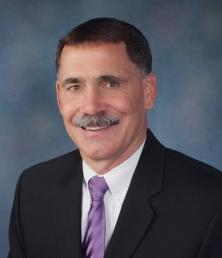Reading Time: 2 minutesWith the announcement by the U.S. Roundtable for Sustainable Beef (USRSB) of sustainability goals for the entire U.S. beef supply chain, cow-calf and feedyard operations have been assigned a set of sustainability targets and a deadline by which to attain them.
We think these goals will prove to be both achievable and highly beneficial for operations who begin to work toward them.Of particular significance is a goal for the U.S. beef supply chain to achieve climate neutrality by 2040. Feedyards specifically have been assigned a goal to reduce greenhouse gas (GHG) emissions by 10% per pound of beef by 2030, ten years earlier. The beef industry has set targets across efficiency and yield, air and greenhouse emissions, land resources, water resources, employee safety and well-being, and animal health and well-being.
“A lot of this stems from the many science-based and net-zero targets that packer-processors have set in the last few years – including Cargill, JBS, and Tyson, among others,” says Sam Sterling, senior beef consultant for Pinion. “Beef processors will no doubt look favorably upon beef from ranches and feedyards that have the data that show a trend toward achievement and the assurance to back it up.”
Showcasing Your Contributions to the Goals
Pinion’s sustainability team recommends the following steps for those operations looking to get started on a sustainability program to meet these goals:- Gather data. This includes developing indicators and metrics that align with the industry goals within your sector.
- Measure and track progress. Benchmarking and reporting on your operation’s progress over time will provide customers with data that proves out the contributions you are making to the industry goals.
- Verify your results. Conduct an audit to prove that your actions are real.
- Share results. Tell the story of the good work your operation is doing to support current customers and attract new ones.
“Now is the time to start gathering key data and evaluating your supply chain as a whole if you haven’t already,” recommends Sterling. “The more time you have to align with these targets, the more attainable they will be.”As a founding member of USRSB, Pinion’s sustainability advisors have been a proud part of the efforts to define achievable sustainability goals. Reach out to our sustainability advisors – specialized in the beef industry – to discuss your targets and the process to attain them.









